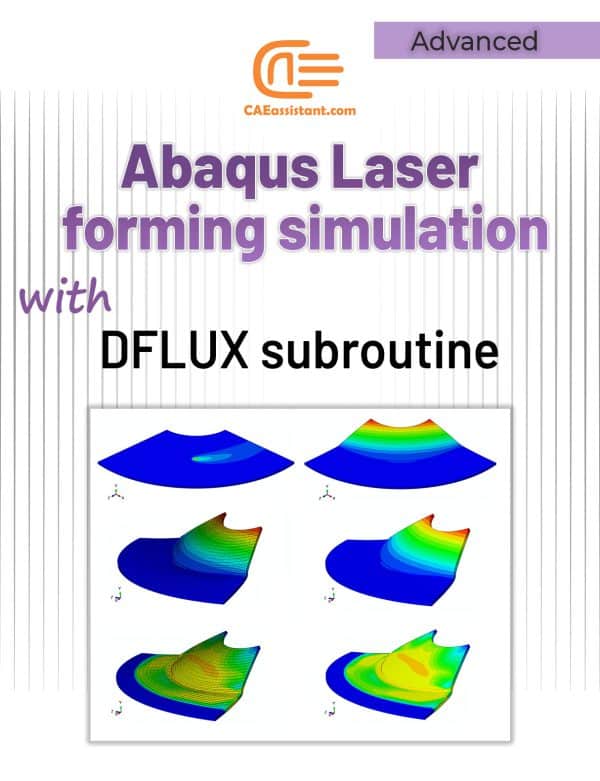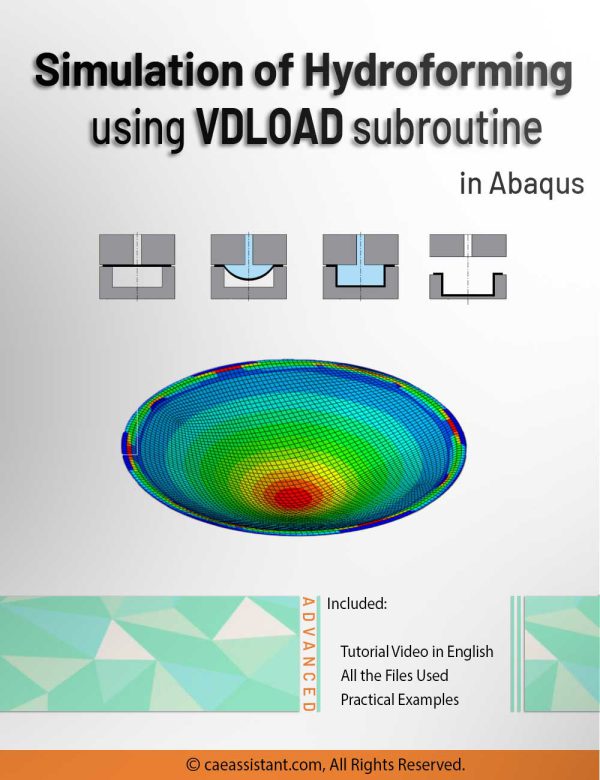Dr. Sarah Jones: A US-Based Authority in Computational Plasticity with Abaqus
Country: United States
Expertise: Computational Plasticity Modeling in Abaqus
Dr. Sarah Jones is a recognized expert in the field of computational plasticity, particularly within the framework of Abaqus finite element analysis software. Her background in engineering and material science, coupled with extensive experience, positions her as a valuable asset in simulating the plastic behavior of materials under various loading conditions.
Academic Credentials:
Ph.D. in Mechanical Engineering or Materials Science (University name can be filled if known) – This doctoral program likely focused on advanced topics in material mechanics, including plasticity theory and computational modeling techniques.
Master’s degree in a relevant field (e.g., Mechanical Engineering, Materials Science) – The master’s program would have provided a solid foundation in engineering principles and material behavior.
Bachelor’s degree in Engineering (University name can be filled if known) – The undergraduate degree would have established a strong base in mathematics, physics, and engineering fundamentals.
Professional Trajectory:
Dr. Jones’ career path could have begun in research institutions, focusing on developing and implementing advanced plasticity models in Abaqus.
She might have transitioned to engineering firms, applying her expertise to solve real-world problems in various industries, such as aerospace, automotive, or manufacturing.
Consulting roles are also a possibility, where Dr. Jones utilizes her knowledge to guide other engineers in incorporating complex plasticity models into their Abaqus simulations.
Computational Plasticity Prowess:
Dr. Jones’ expertise in computational plasticity with Abaqus encompasses a diverse range of capabilities:
Material Characterization: Extracting essential material properties from experimental data for accurate plasticity model creation within Abaqus.
Model Selection and Implementation: Choosing appropriate plasticity models from Abaqus’ vast library and implementing them effectively for specific material behavior.
User Subroutine Development (Optional): For highly customized material behavior, Dr. Jones might possess the skill to develop user subroutines within Abaqus.
Simulation Design and Analysis: Designing robust Abaqus simulations that accurately capture the plastic response of materials under various loading scenarios (e.g., tension, compression, fatigue).
Interpretation and Communication: Dr. Jones can effectively interpret simulation results, drawing valuable insights into material behavior and effectively communicating these findings to technical and non-technical audiences.
Dr. Sarah Jones’ expertise in computational plasticity using Abaqus makes her a valuable asset in various engineering fields. Her ability to bridge the gap between theoretical models and practical applications allows for the design and development of advanced materials with superior performance.





